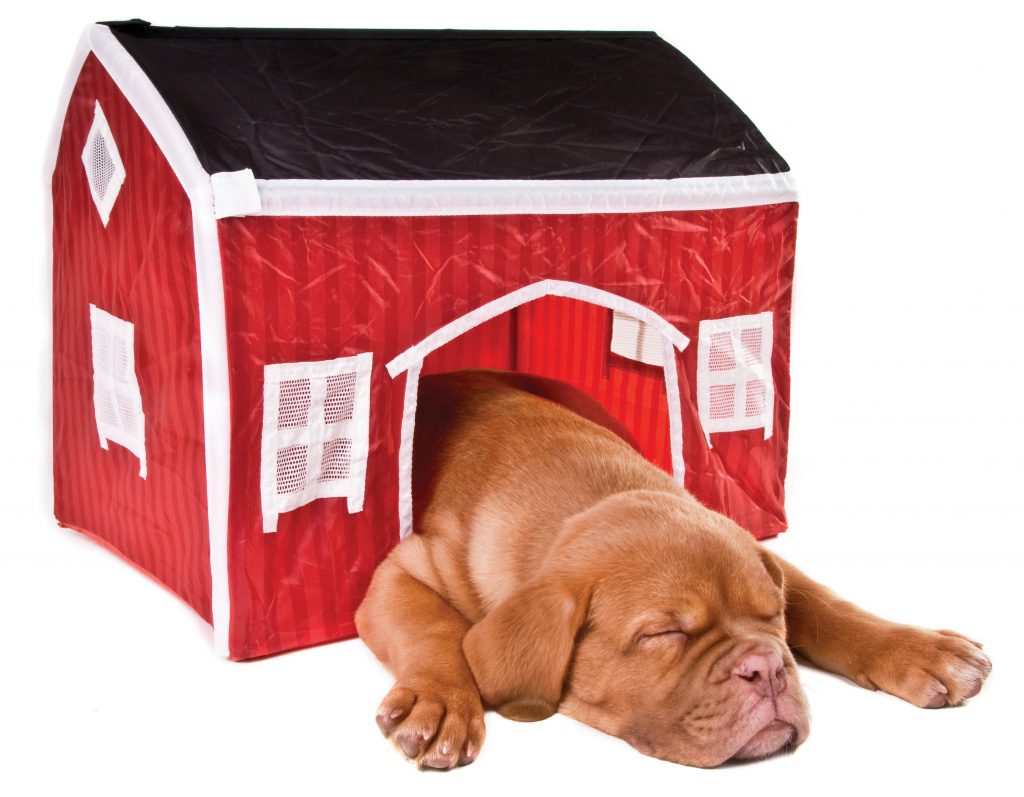
BY BRIAN D. SMITH
The dog days of summer can mean days without your dog – or cat, for that matter. It’s not easy to take pet passengers on a vacation trip, which explains the burgeoning popularity of boarding.
Carmen Rustenbeck, CEO and founder of the International Boarding & Pet Services Association, recalls that when she entered the industry in 2005, about 10,000 pet care facilities existed in the United States compared to 32,000 today. Clearly, our pets are no longer backyard beasts; they’re four-footed family. “We’ve moved from ‘doghouse outside’ to ‘bed inside,’” Rustenbeck says. “It’s a cultural shift.”
Accordingly, many vacationing pet owners would prefer not to leave their cherished companions home alone – but boarding facilities require vetting, no pun intended. “This industry, for the most part, is totally unregulated,” Rustenbeck says. “So you shouldn’t assume it’s like a veterinarian’s office or a child care center.”
And you shouldn’t assume that every pet enjoys boarding, says veterinary internist Tracey Gillespie of IndyVet, a 24-hour emergency hospital in Indianapolis. Older pets, particularly those that require regular medication, may be best left in the care of a trusted housesitter, she says.
“And in general, cats do better in their home environment,” Gillespie says. “They’re pretty low-maintenance and can be cared for once a day.”
If boarding sounds like your best option, it’s time to research pet lodgings. Don’t wait till the week before your departure – start a month or two in advance. Get referrals from trusted sources, such as friends, your groomer and your veterinarian. Check websites, consult ratings services such as Angie’s List and the Better Business Bureau, and don’t necessarily trust online reviews.
Call and ask questions: Is the facility staffed 24 hours? Is anyone with veterinary training on site? How are emergencies handled? If you’re happy with the answers, request a tour of the place. Go elsewhere if you can’t get one, says Dr. Suma M. Rao, clinical assistant professor at Purdue University’s Department of Veterinary Clinical Sciences.
Once inside, look for cages with full water bowls that are free of pet waste on the floor, Rao says. Notice whether the staff seems to enjoy interacting with the animals. Make sure the facility requires vaccinations for contagious diseases. Observe whether the animals look anxious or the dogs are constantly barking. Check that dogs and cats are not housed near each other, which can stress out felines.
Like what you see? Then gradually introduce your pet to the new digs, says Rustenbeck: “First, go there by yourself. Then bring your pet for a meet-and-greet. Then try an overnight boarding.”
If all else fails, there’s always the back seat of the car – and one of the thousands of pet-friendly hotels scattered across America.
BRIAN D. SMITH is a freelance journalist from Greenwood, Indiana.



